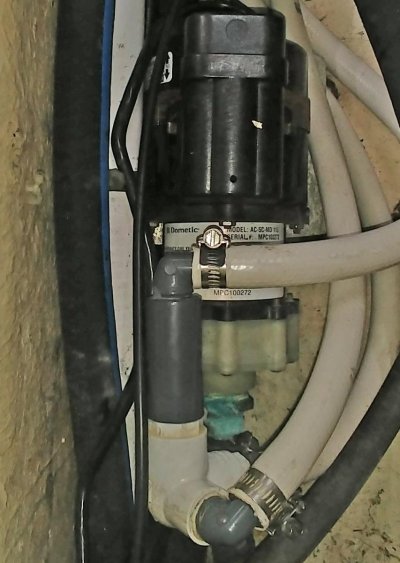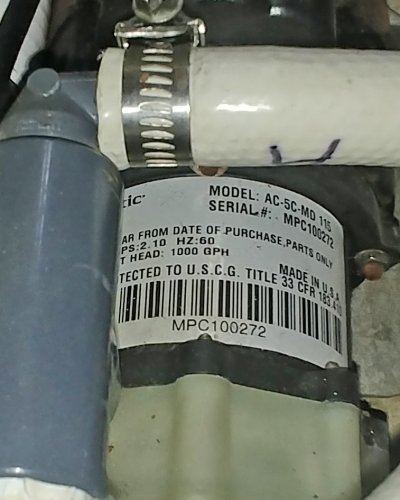catalinajack
Guru
Hmm, Ted, water flow. As it is, I have always been suspect of the volume of warter flow. Since purchase five years ago it never seemed all that strong even after have acid-cleaned the innards. I will take a look at the model of pump I have. Perhaps it is underpowered. I will report back. Thank you for your insights.
That may be a function of water flow or design of the unit. My Webasto produces near full output with 40 degree water temperatures. Most reverse cycle home heat pumps and split units produce good heat at or below 40 degrees. My home geothermal will work well down to 20 degrees (antifreeze in loop) although it's never been below 45 yet.
Also there is a noticeable improvement in heating and air conditioning BTU output when I changed water pumps. The output is now about 7 gallons per minute (measured at hull discharge) for each unit (12,000 BTU).
Ted




